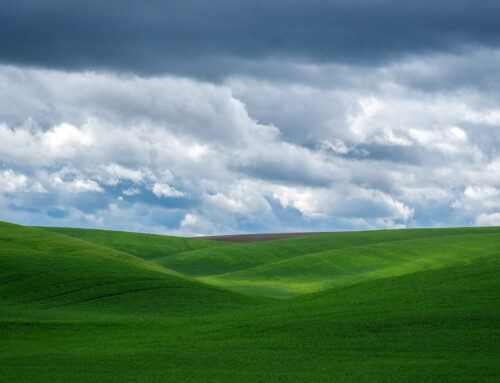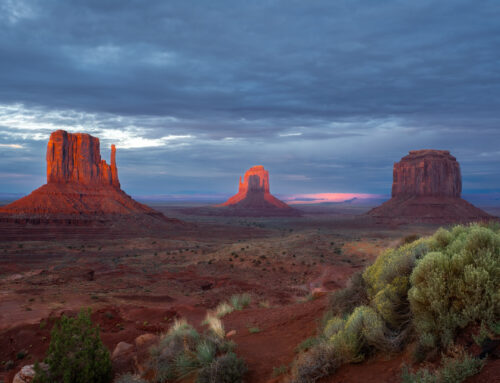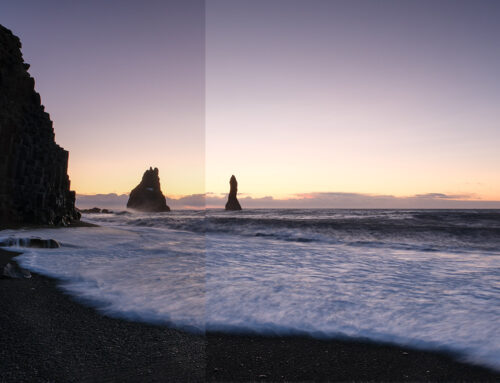…Forethought: Careful consideration of what will be necessary or may happen in the future..
I’m pondering the importance of forethought in photography today and thought I would put down a few thoughts around this idea and how it applies to my work in a few easy to understand examples.
Execution
When I am out in the field shooting, before every click of the shutter button, I give some thought to what will come next with the image I’m about to take.
– Will I be able to process the image to my liking? Perhaps the dynamic range is too high or the sun too bright or some other limitation that I might need to account for.
– Will I have the tools to achieve what I want to do in the “digital darkroom”?
– If it is a challenging scene, is there anything I can do in taking the picture to help be confident in the above questions? Using filters, change exposure settings, change composition, etc..
If I can’t be confident that I will be able to develop the image successfully, I may not take the image.
– Based on the scene and strength of the image, what do I think the end use of the image might be? Will I print it or just display it online? Will it perhaps make the cut and be posted on my commercial site?
I know it’s impossible to know exactly how you will use an image before taking it, but having an idea of what you “think” you might do with it may impact how you execute the image in the field.
File Management
Another use of forethought in my photography is in how manage the thousands of images and how I chose to store and back them up. Asking the question, “how much impact would there be if my hard drive crashed right now?”. Or, “how many images would be lost if my external hard drive stopped working right now?”
These questions are about thinking ahead, future outcomes or consequences, and granted these are scary thoughts. But by planning ahead to prevent any loss, I have build a redundant backup system for all of my raw and edited images.
Workflow and End of Year
Every year I collect and curate an assortment of images that I’ve created during the year and transform them into a printed book for myself. Printing a book brings my work out of the digital realm and puts something solid and substantial in my hands that I can enjoy again and again. Printing your images is one of the most rewarding things you can do for yourself.
To pull out an Ansel Adams quote, “The negative is the equivalent of the composers score, and the print is the performance”
As I shoot and process images throughout the year, the most common output is that I would save the edited .psd file and then create a .jpg file that is reduced in size and quality to be posted to various websites. The trouble for me in the past was when the end of the year was upon me, I had to go back through all of my .psd files and create high quality .jpg files for inclusion in the book. It was a very time consuming process.
Nowadays, after giving it some thought, I have added a step to my normal workflow that relieves the pain and suffering at the end of year and produces a more consistent output.
As I finish editing an image, I still save the edited .psd file for future needs. Then I created a new step, with easy one-click action, to resize and save a high res .jpg off in a new folder for the yearly book. Then finally, create the low res version for posting online.
There are many more examples of forethought and planning in the photography world, these are just a few that I’m musing on today. Evaluate your own techniques and workflows, is there anything you can do in your photography to think ahead achieve better results?
(originally posted 10/3/16)





Leave A Comment